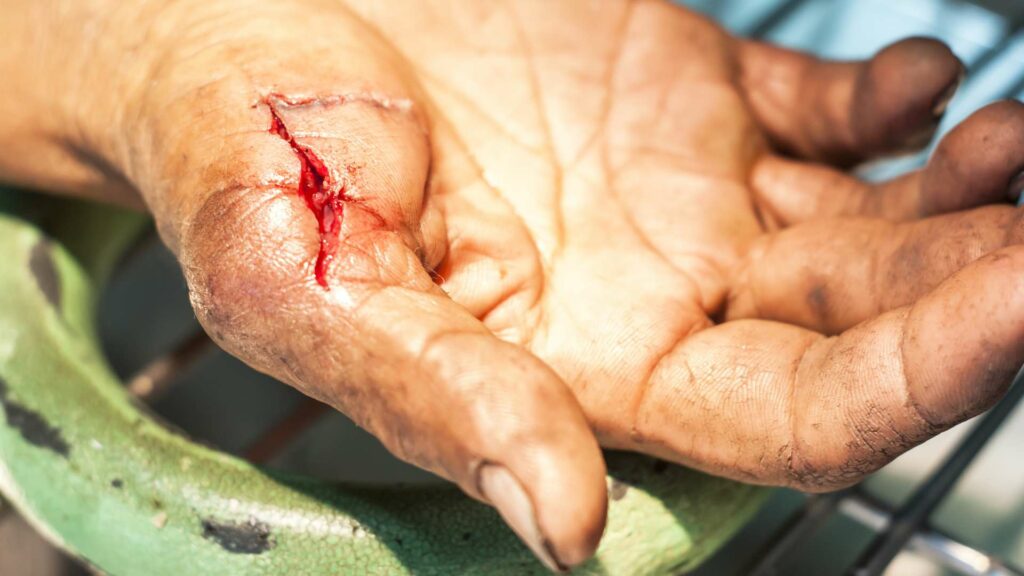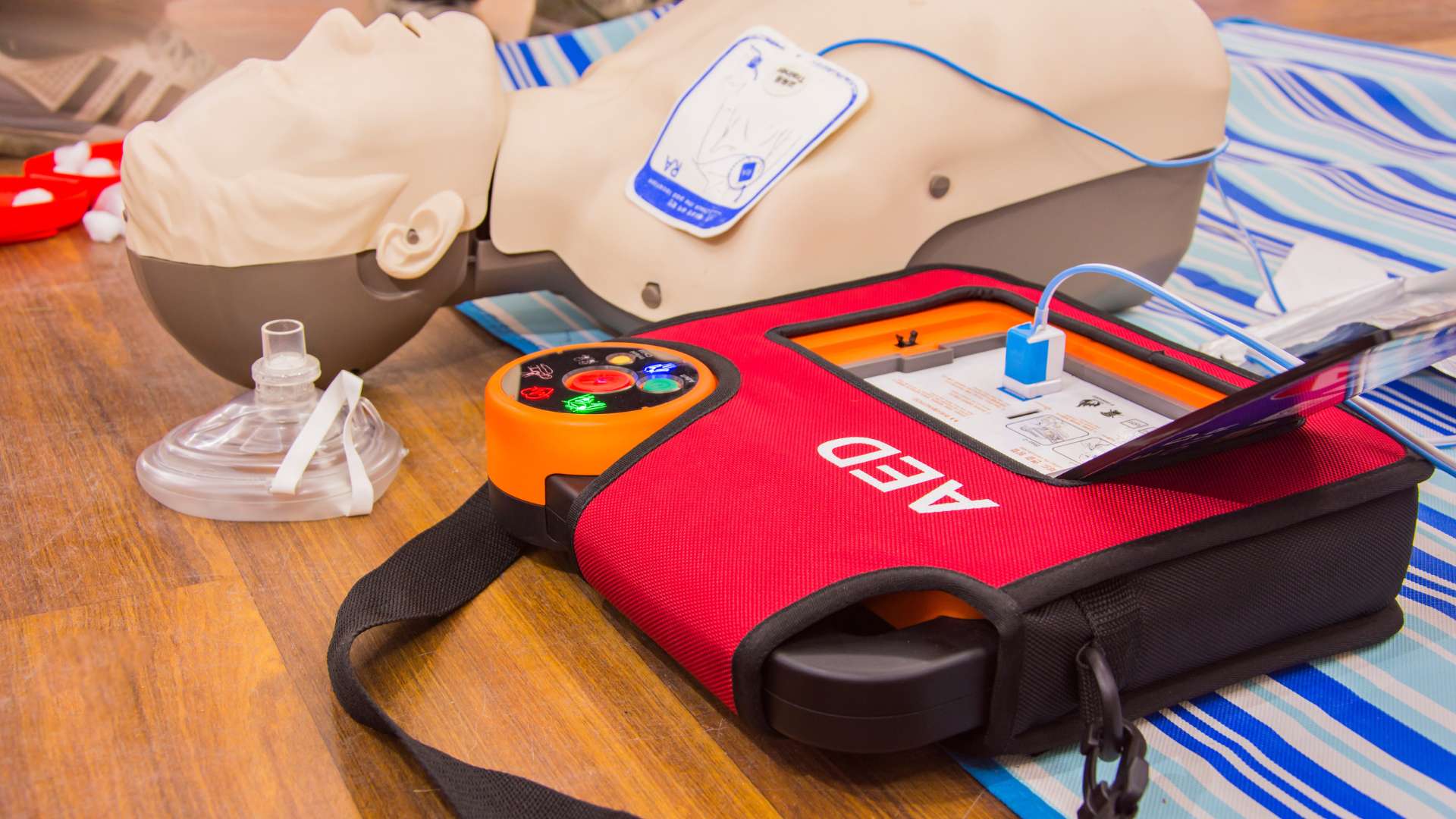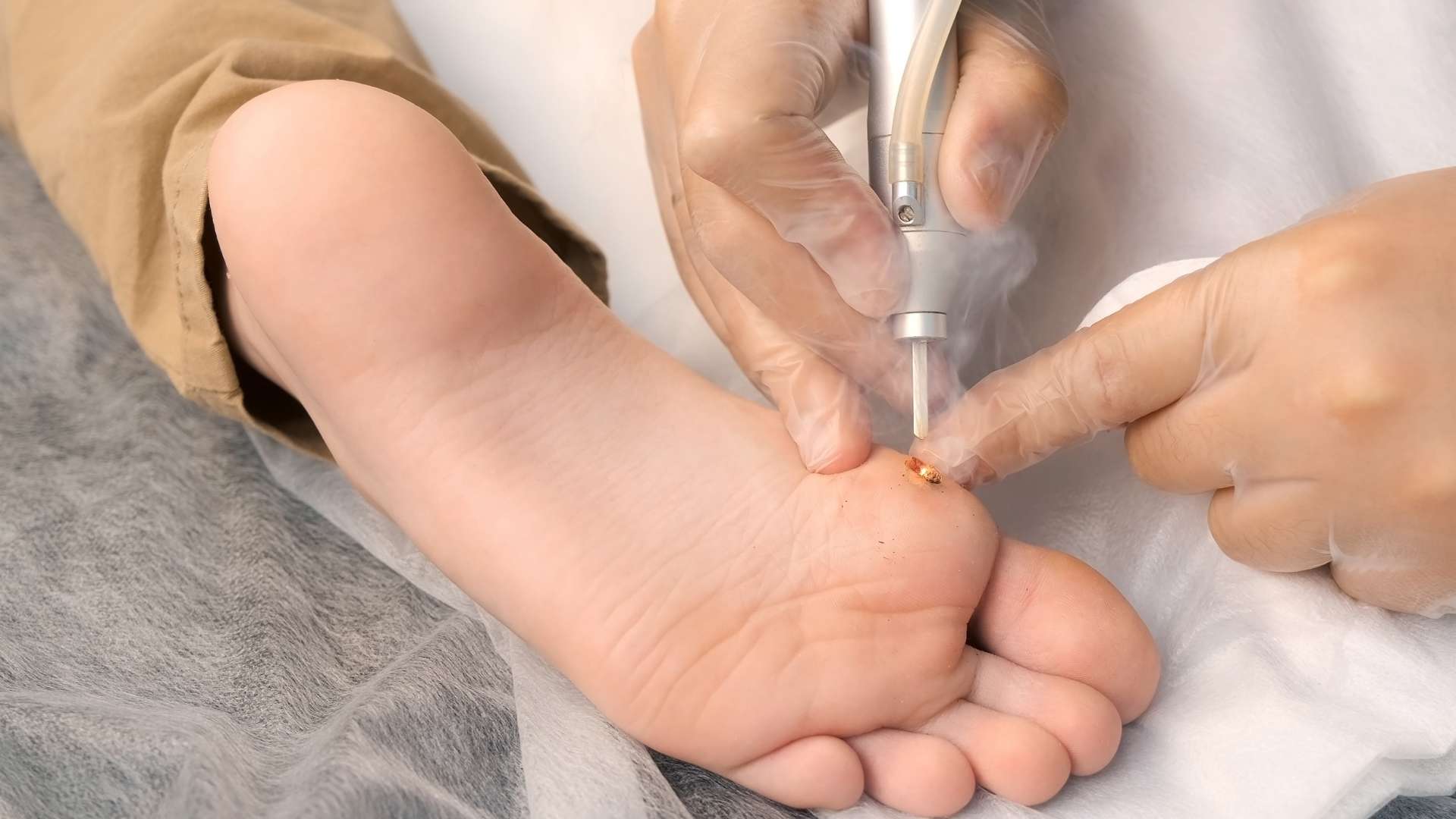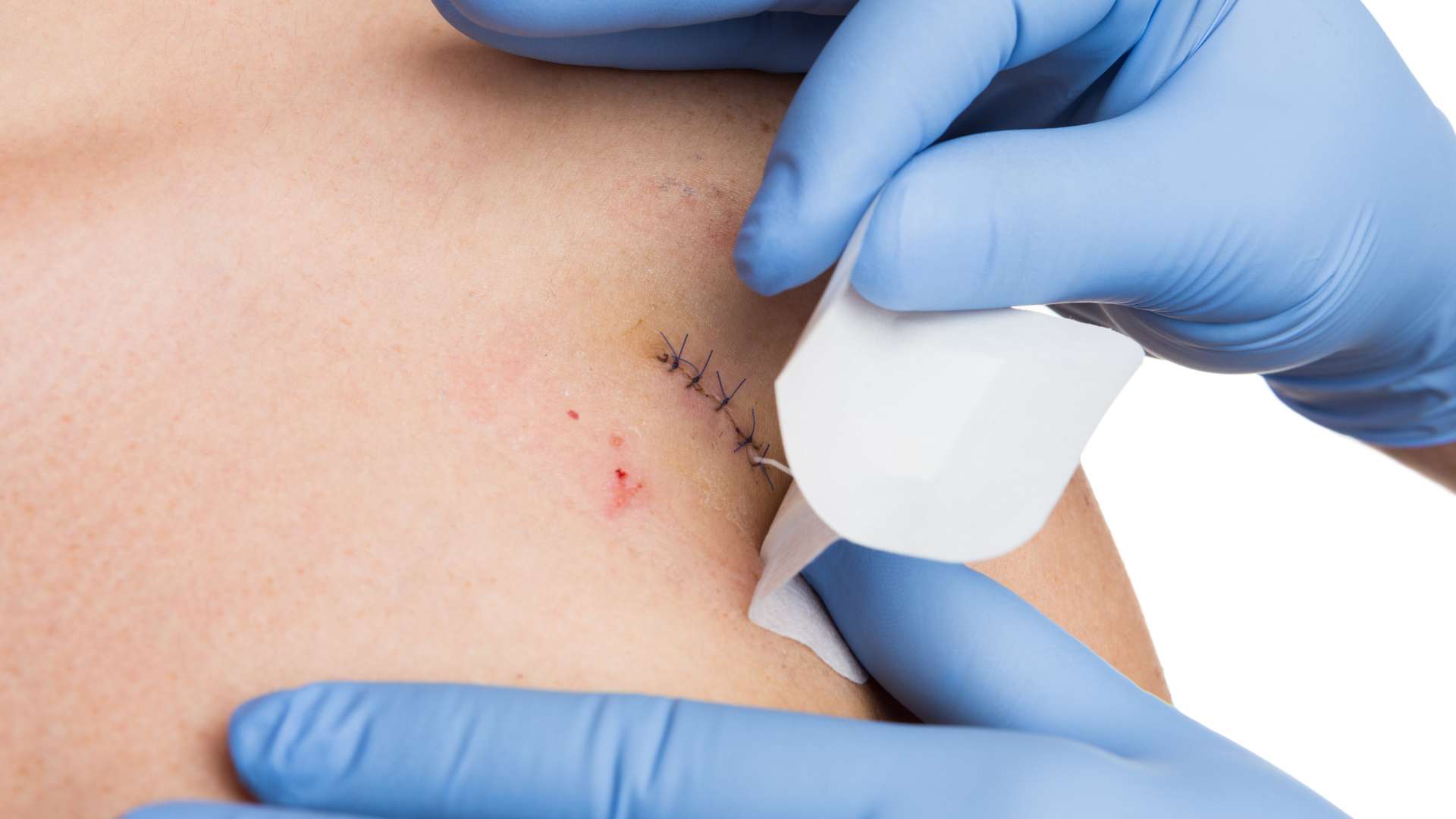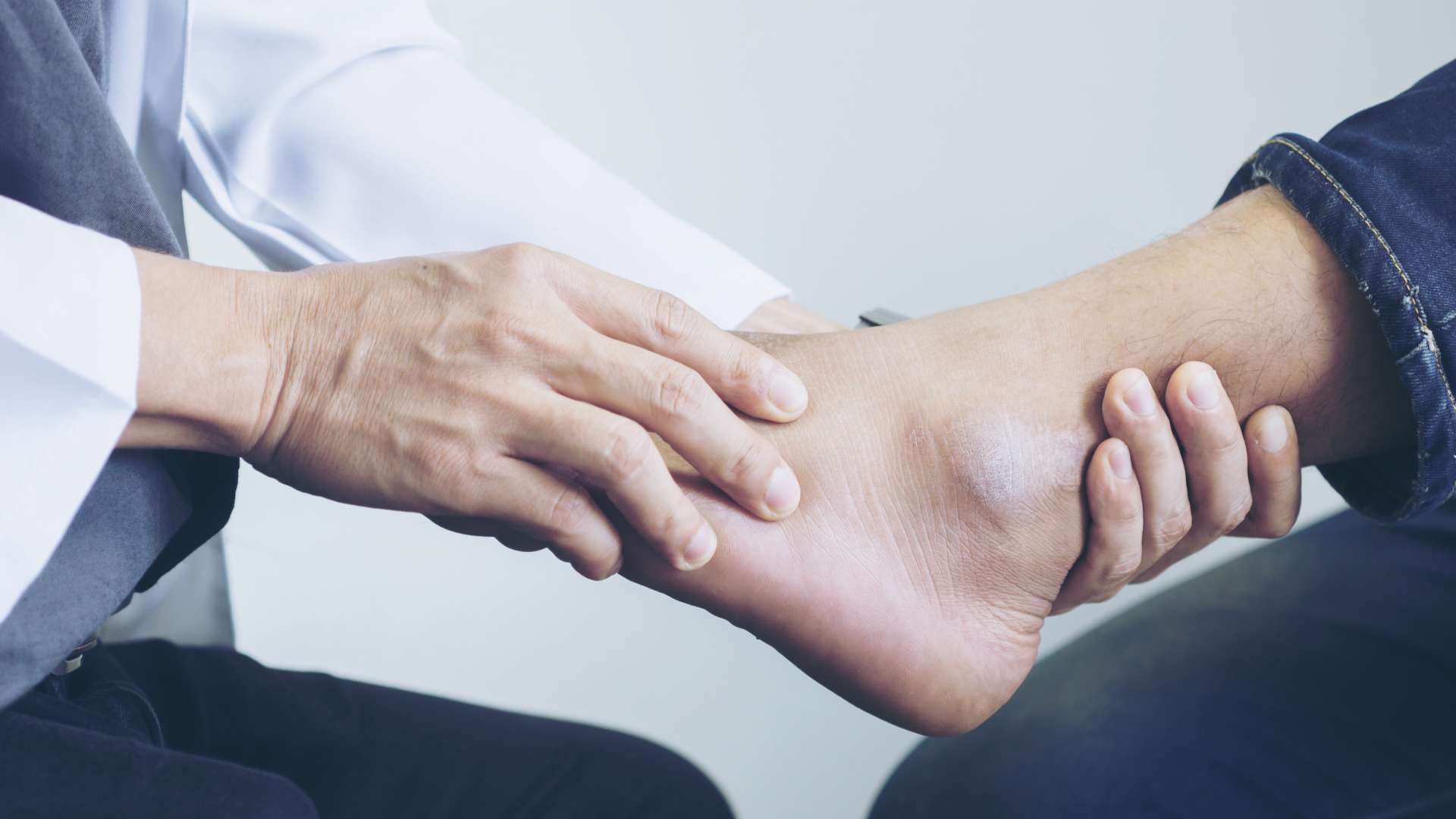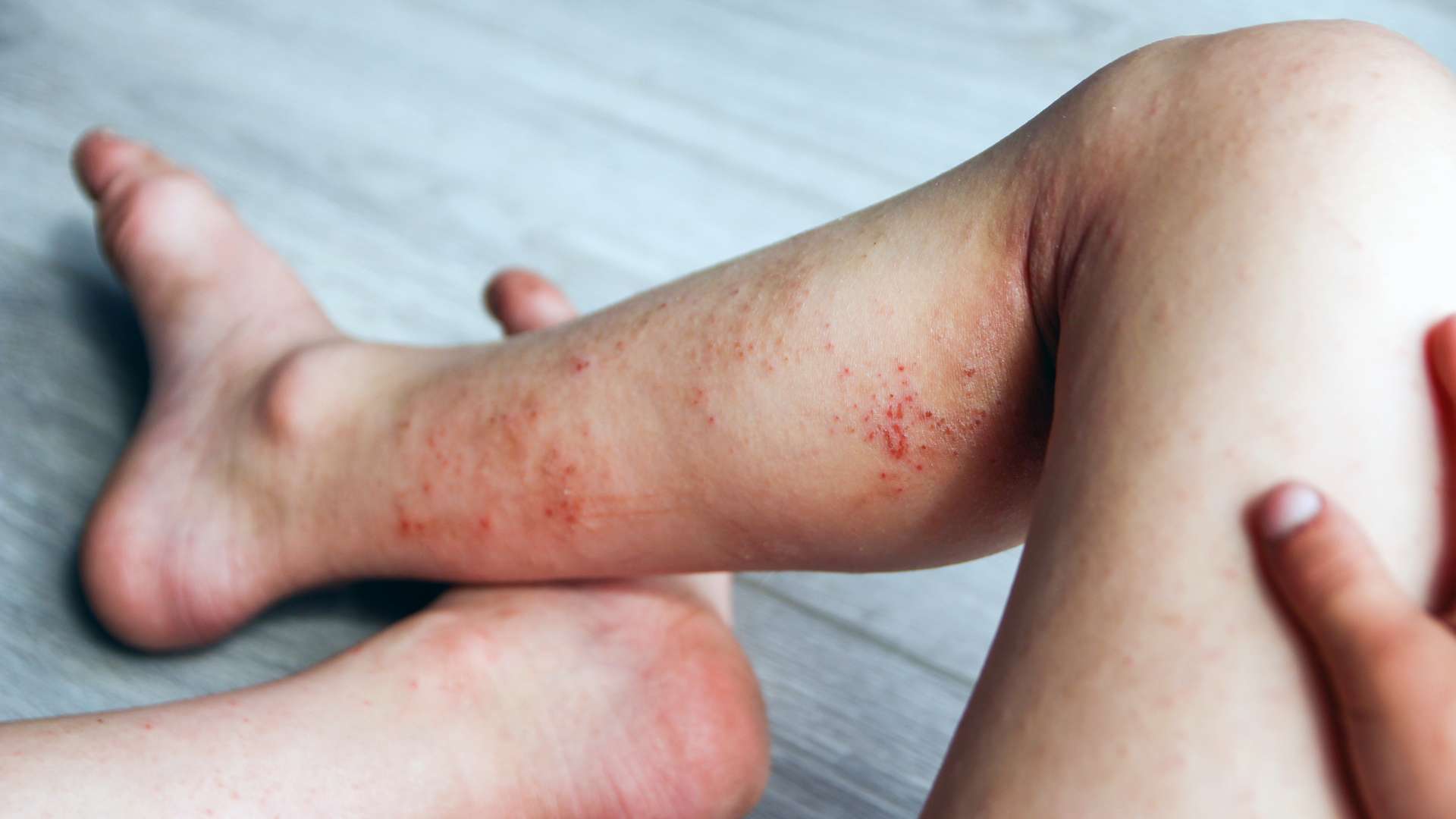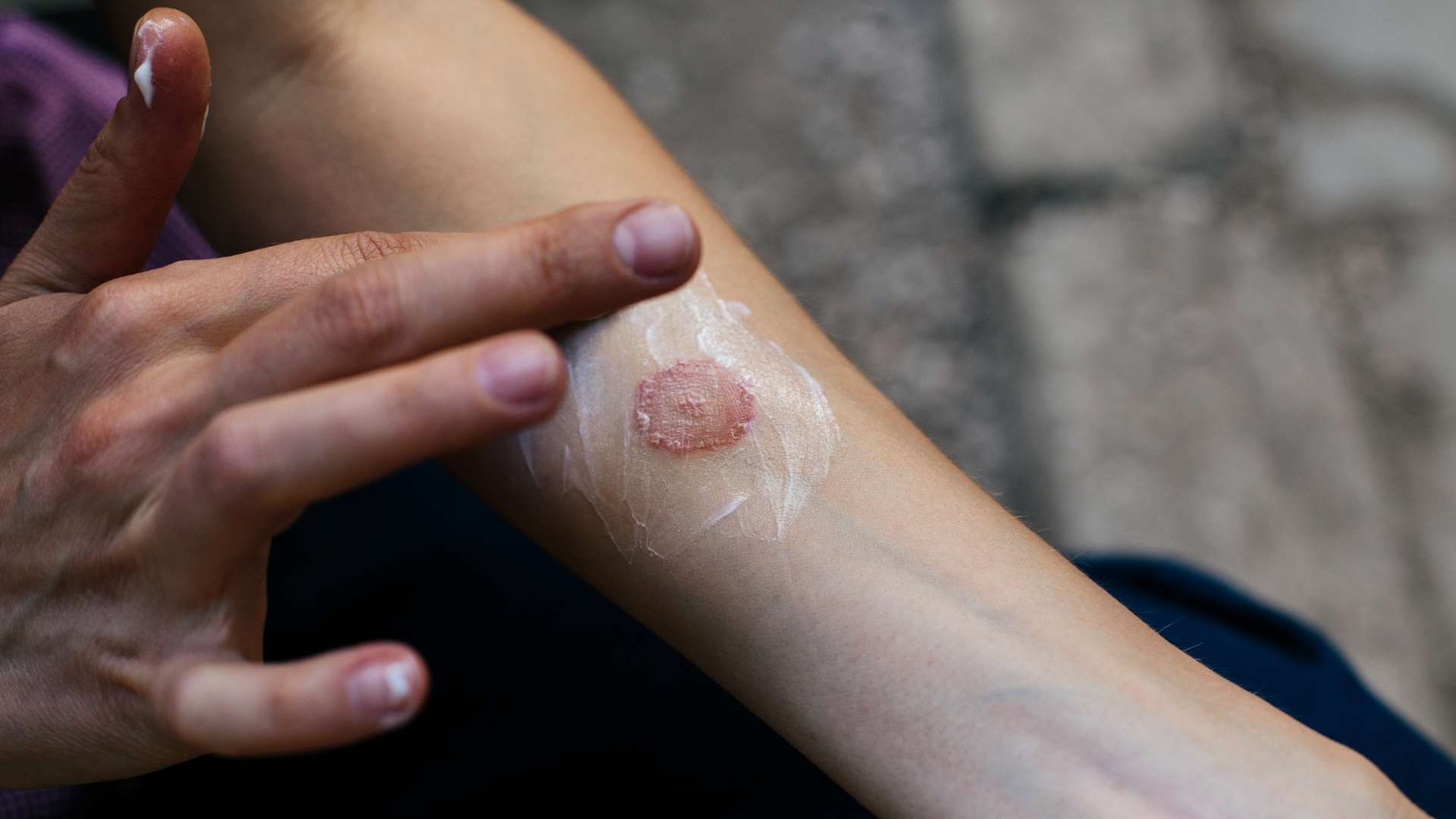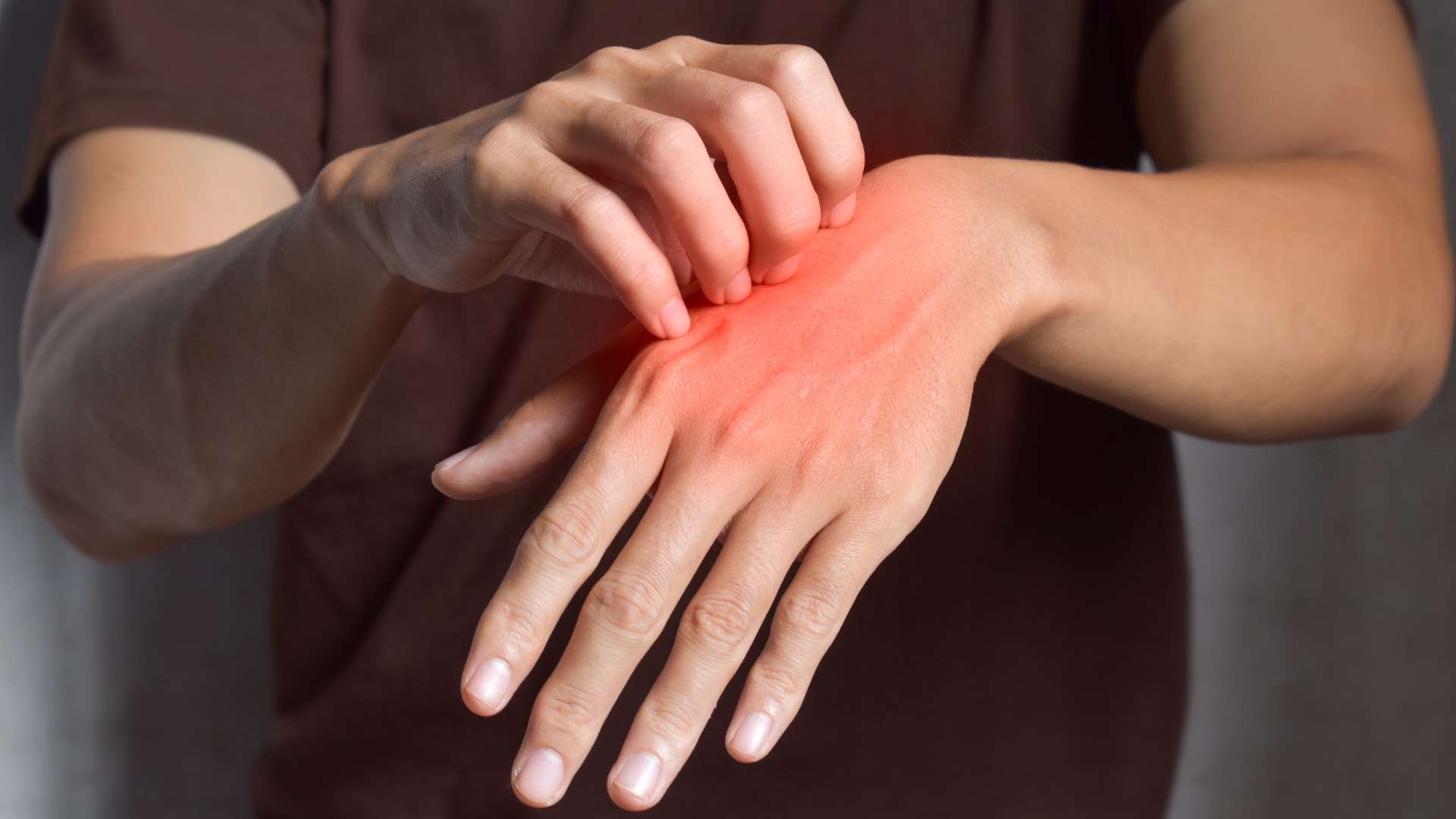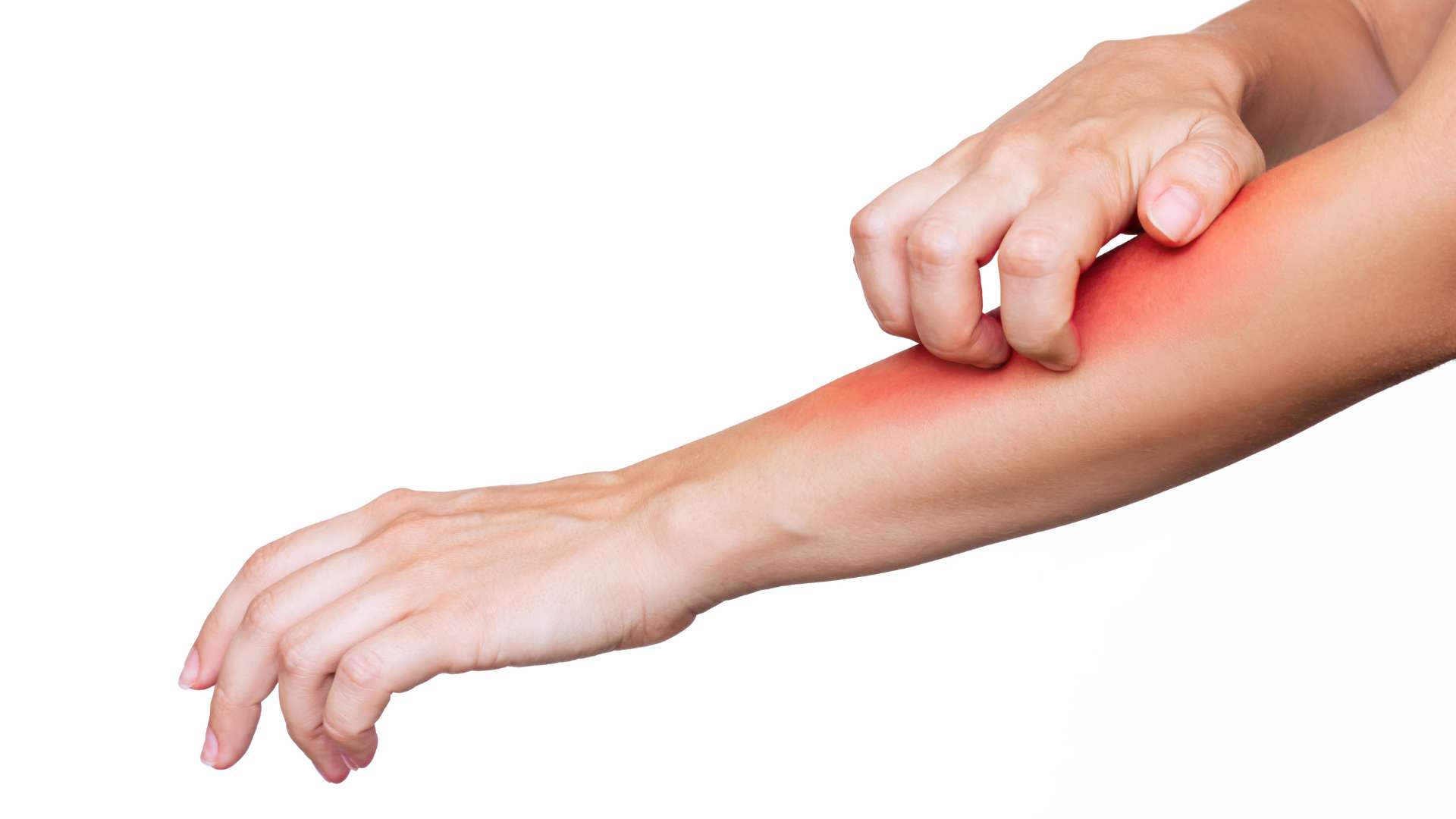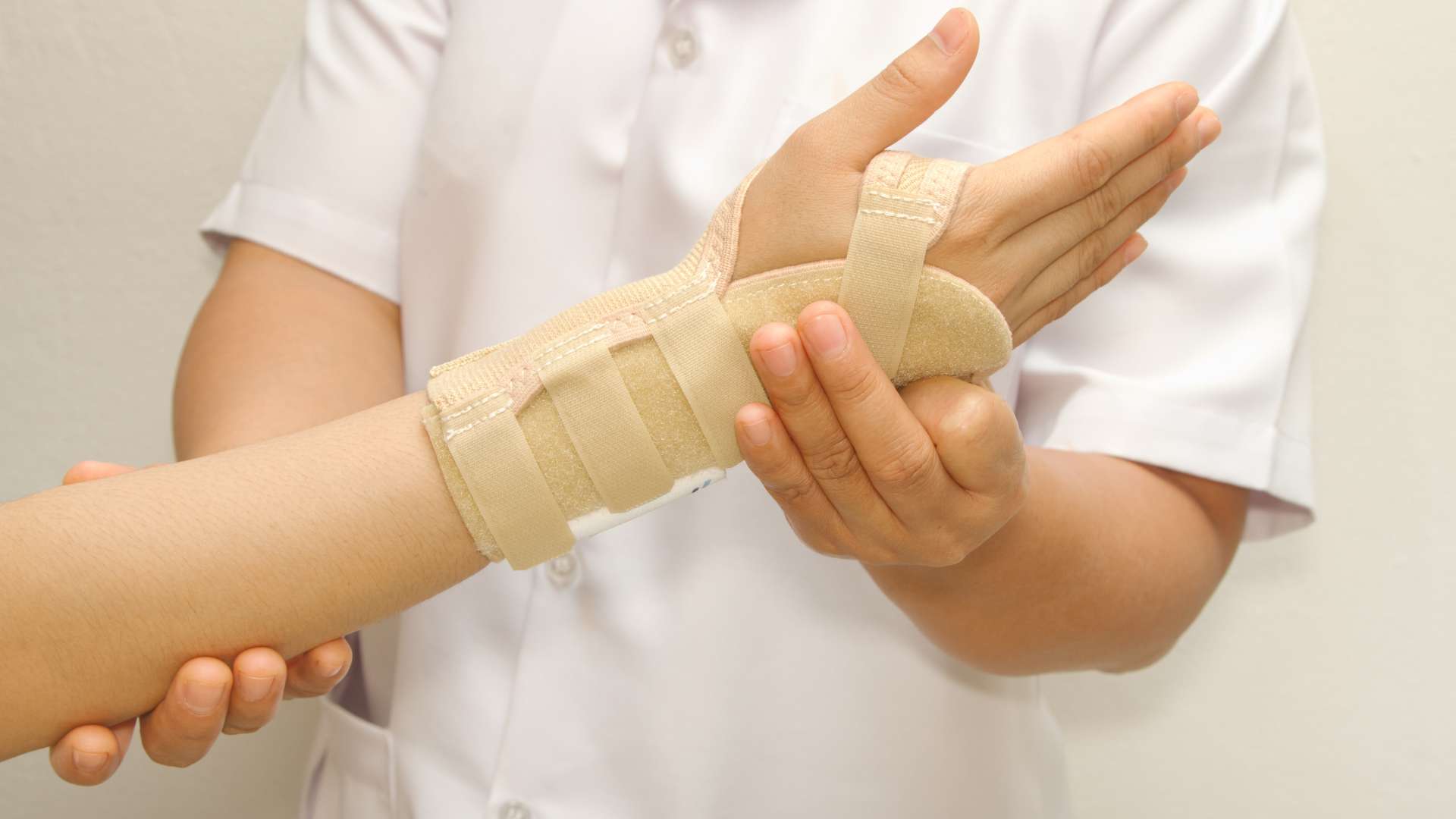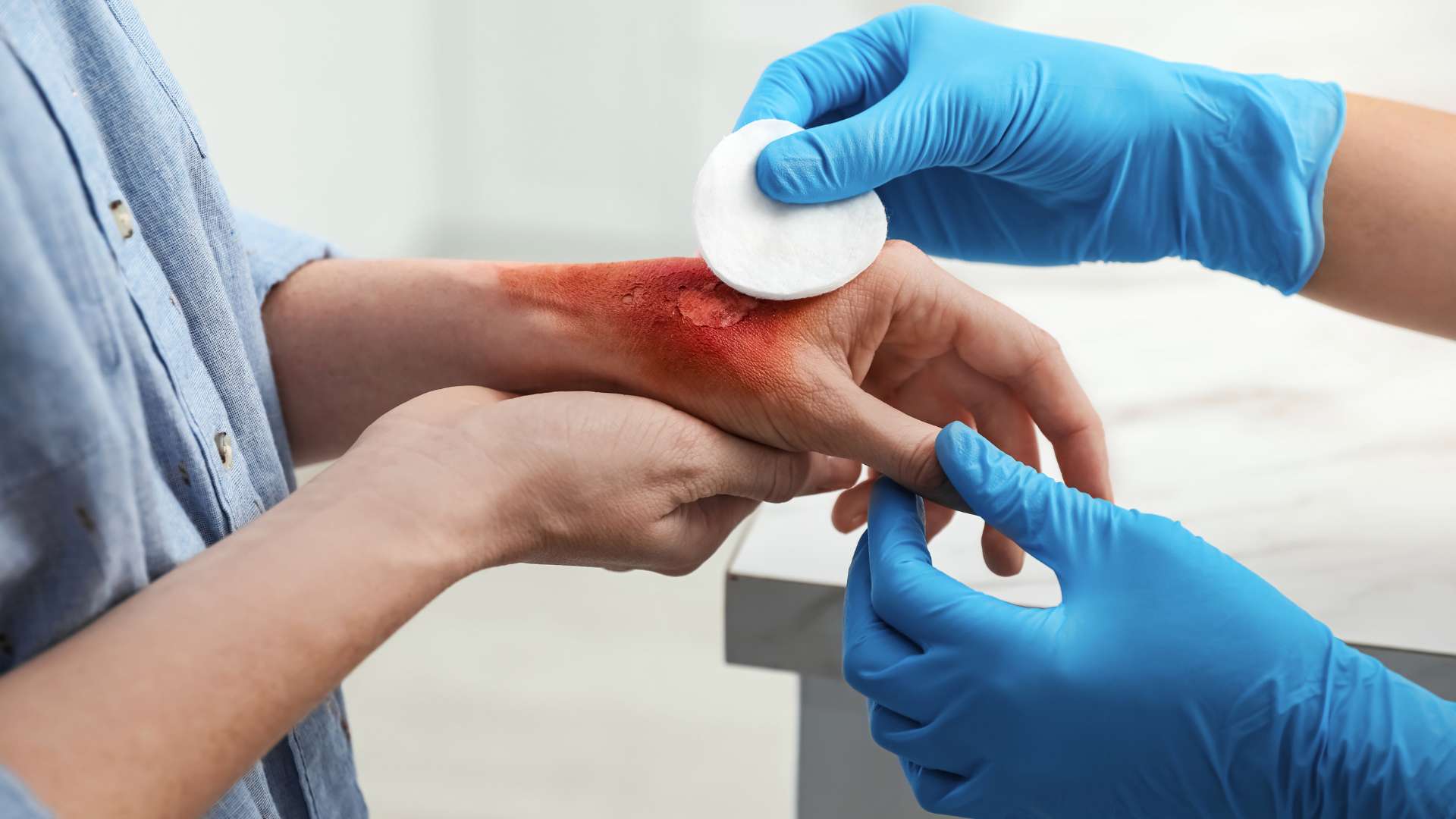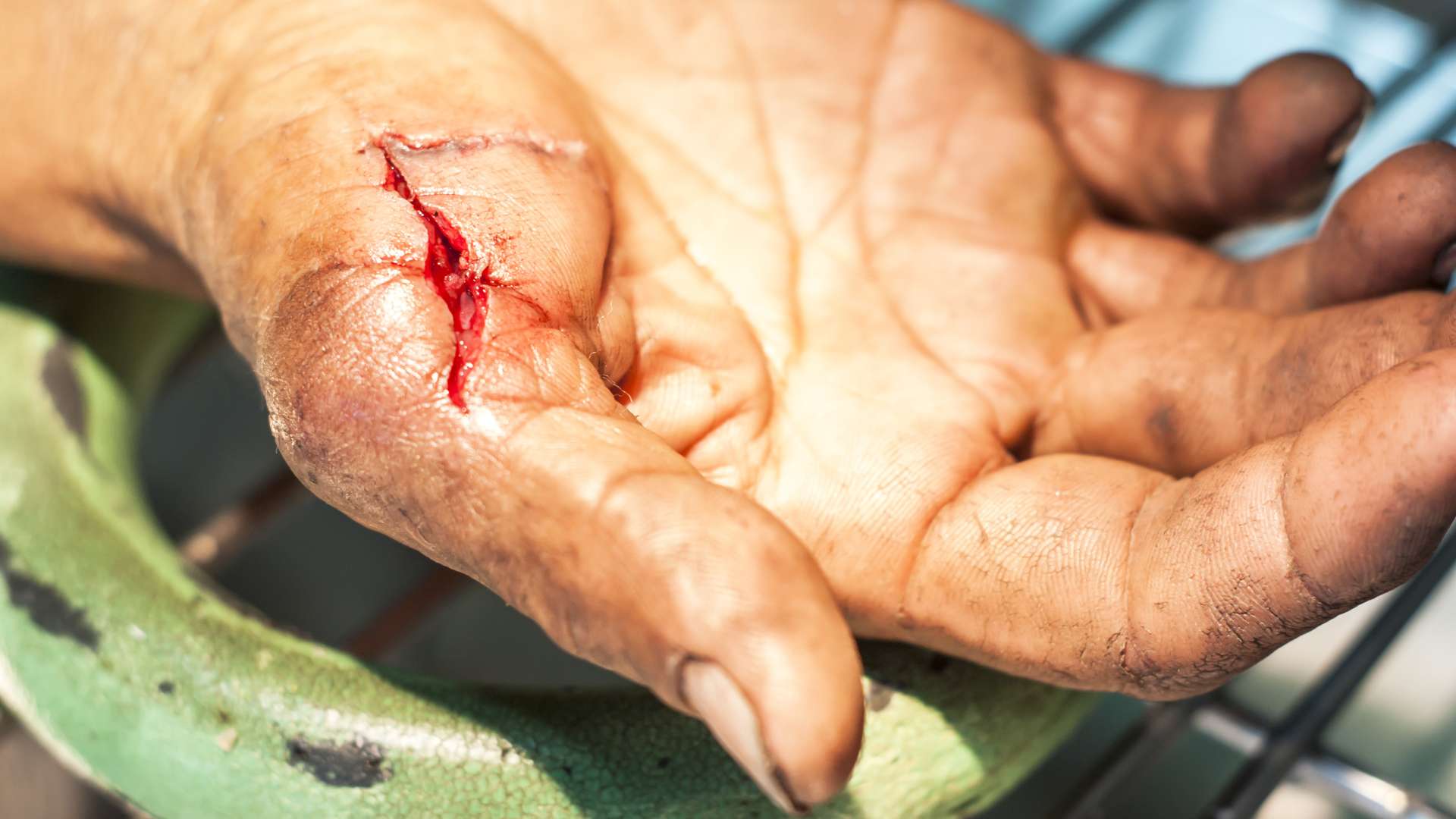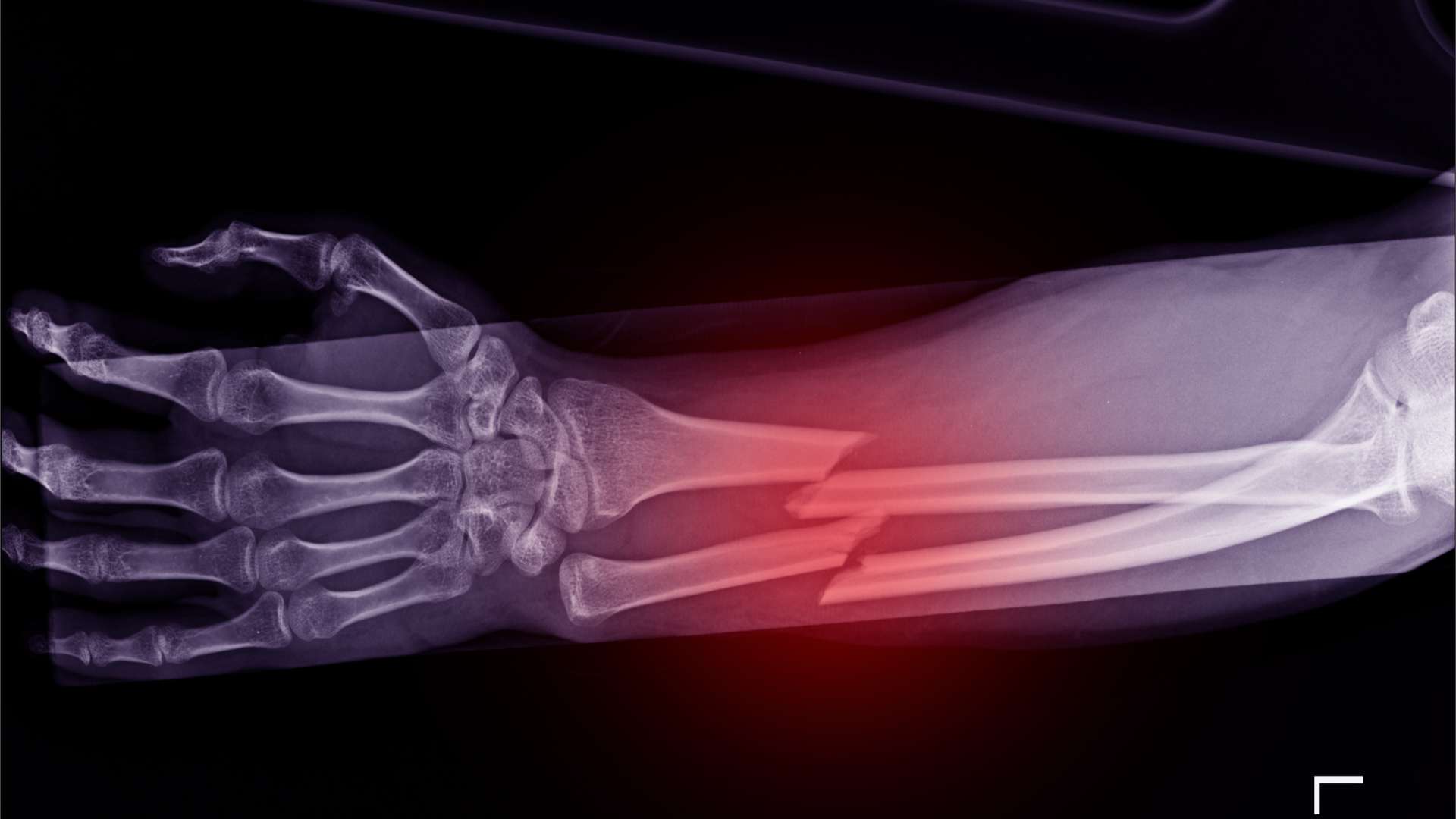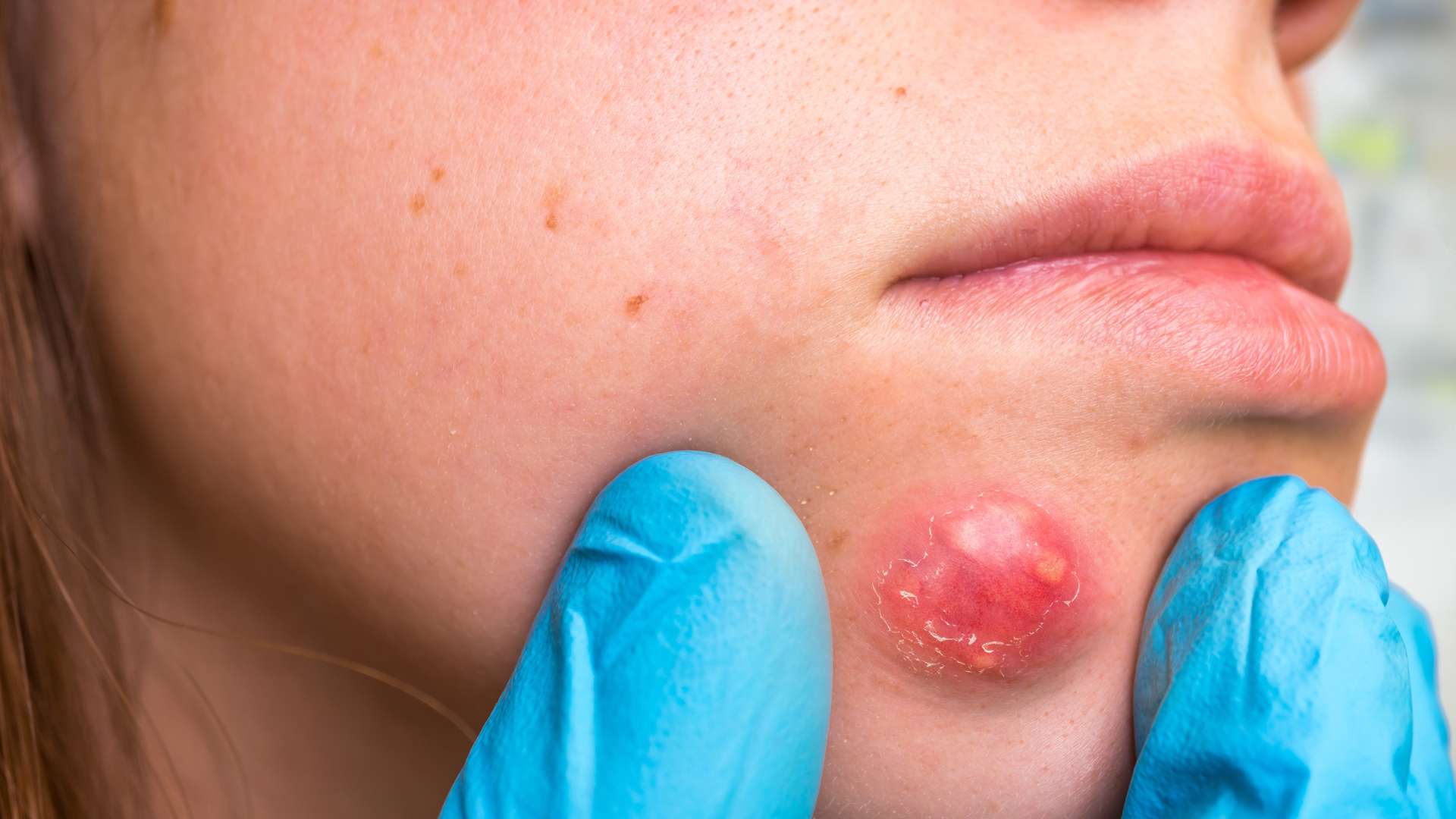What is a Laceration?
A laceration is a deep cut or tear in the skin, often caused by sharp objects or machinery. Lacerations can vary in severity, from minor cuts to more extensive wounds that require immediate medical attention.
Occupational Causes of Lacerations
Workers in various industries may risk experiencing occupational lacerations due to factors in their work environment, substances, or tasks. Some common occupational causes of lacerations include:
Use of Machinery and Tools: Employees working with machinery, power tools, or sharp equipment are at risk of lacerations if proper safety measures are not followed.
Handling of Sharp Objects: Workers dealing with glass, metal, or other sharp materials are susceptible to lacerations if not handled carefully.
Worksite Clutter: Cluttered workspaces can increase the risk of tripping and inadvertently coming into contact with sharp objects.
Chemical Exposure: Exposure to certain chemicals or substances may weaken the skin’s integrity, making it more susceptible to lacerations.
Preventing Occupational Lacerations through Proper Training
Proper training and preventive measures are essential in reducing the risk of occupational lacerations. Occupational Health Services can assist in implementing strategies, including:
Safety Training: We provide comprehensive safety training programs to educate employees on the proper handling of sharp objects safely.
Workplace Assessments: We conduct thorough assessments to identify potential hazards and provide recommendations for preventive measures.
Personal Protective Equipment (PPE): We offer guidance on selecting and using appropriate PPE, such as gloves and protective clothing, to minimize the risk of lacerations.
Safety Protocols: We collaborate with employers to implement safety protocols and standard operating procedures prioritizing employee safety.
Caring for a Laceration Before Medical First Responders Arrive
In the event of a laceration on the job site, it is crucial to take immediate action to minimize further damage and seek medical attention promptly:
Control Bleeding: Apply direct pressure to the wound using a clean cloth or bandage to control bleeding.
Elevate the Wound: If possible, elevate the affected limb to reduce blood flow to the laceration.
Clean the Wound: Rinse the wound gently with clean water to remove dirt and debris if necessary.
Cover the Wound: Use a sterile bandage or dressing to cover the laceration and prevent infection.
Assisting Business Owners and Employees with Long-Term Effects
Occupational Health Services is dedicated to supporting both employers and employees in managing occupational lacerations:
Injury Prevention Programs: We develop prevention programs that address laceration risks and promote safe work practices.
Post-Injury Support: We provide post-injury support to employees dealing with a laceration’s physical and emotional effects.
Return-to-Work Assessments: We conduct return-to-work assessments to ensure employees can safely resume their duties after recovering from a laceration.
Prioritize Laceration Prevention with Occupational Health Services
Occupational Health Services can help your workforce prevent lacerations. Learn more about our injury prevention services and resources, then contact us today to request an appointment.

